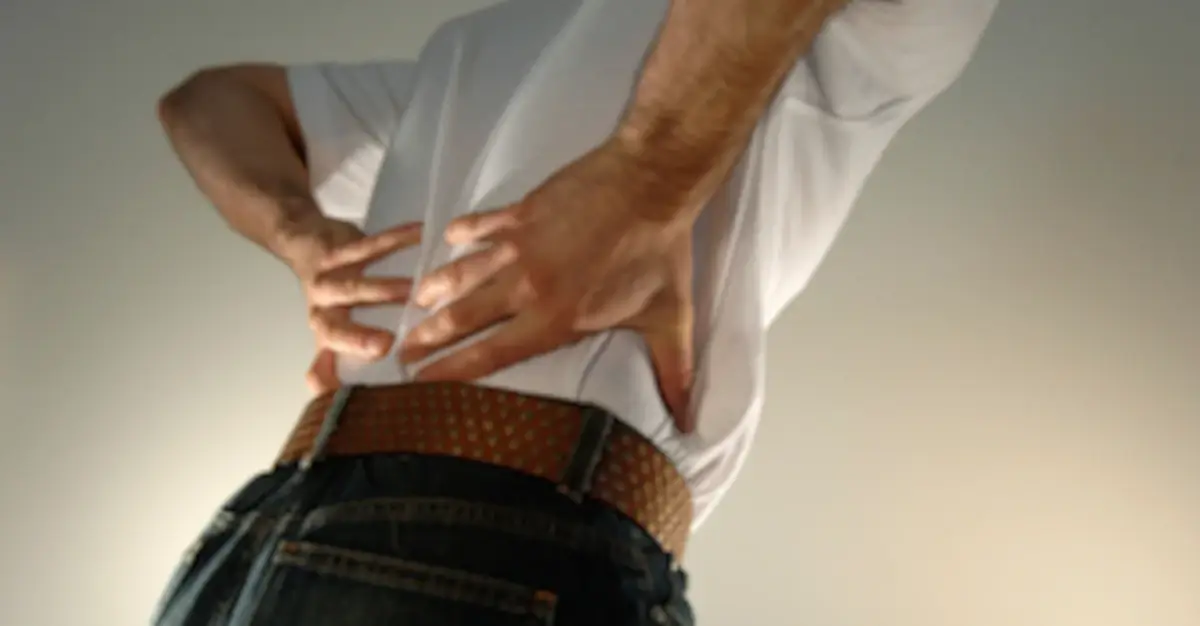Many patients who have recovered from bouts with acute and chronic low back pain suffer a recurrence of the pain, often times to a more severe degree. In fact, up to 30% of individuals experience this relapse.
Fifty percent of episodes nearly completely resolve within two weeks, and 80% by six weeks. However, it is difficult to predict if any episode of back pain will recur based on the onset, location of pain, or even the initial severity. And while excruciating initial pain may resolve within several days, moderate or mild symptoms may continue for weeks.
There are some home remedies you can try to alleviate recurring bouts of back pain. Local application of heat or ice can temporarily reduce pain and heat may facilitate movement, but these methods may not necessarily facilitate long-term recovery or prevent recurrence. And while over-the-counter medication can provide some relief, don’t expect medication alone to solve your recurring pain problem. Studies show you’ll probably need more than one type of treatment for chronic or recurring back pain.
You can take steps to help alleviate aggravating factors that cause recurring pain though. When you are resting in bed, placing a pillow under your knees will relieve strain on your lower back by taking tension off hip flexors (psoas muscles) that tug on the lumbar spine. Try lying on your side. Again, place a pillow between your knees to keep your spine in a neutral position and relieve strain on your back.
When acute back pain occurs or recurs as a result of injury, you may have no choice other than to rest in bed the first day or two. However, with any type of back pain, if a doctor has cleared you, the sooner you begin to move around, the better. Unless you have sustained a spinal fracture or a herniated disk, it’s never a good idea to stay immobile for too long. Prolonged bed rest (longer than four days) can lead to weakness and debilitation.
Some of the best advice for treatment of recurring and even acute low back pain is to continue to remain active “as tolerated”. Activity keeps blood and nutrients flowing to the affected area, helping to lessen inflammation and reduce muscular tension. Many people with low back pain find that they can perform their usual but more controlled cardiovascular activities such as walking in spite of the pain. They often feel better after the activity. In fact, exercise in general has been found to be one of the most effective ways to relieve back pain quickly.
Recurring back pain can be a very difficult experience, but if it does not improve satisfactorily it should prompt comprehensive medical attention.
A variety of diagnostic tests and treatment options are available. The primary goal is to resolve the current episode as quickly as possible and secondarily, to prevent future episodes through proper education, exercise and conditioning. These are the measures taken when back pain does not result from other, more severe conditions.
Since back pain, particularly recurring pain, can be a forerunner of disability or a symptom reflecting serious pathology, every effort should be made to seek appropriate care that is based on a definitive diagnosis. When back pain grows progressively worse, persists unrelieved for longer than a week, or is worsened by rest, you may need the services of a specialist.
For those with persistent or recurrent low back pain, a medical evaluation is recommended.
Various types of imaging tests can be useful. These include regular X-ray studies, bone scan, computed tomography (CT) scan and magnetic resonance imaging (MRI). The choice of test depends on what medical condition a qualified physician suspects. A comprehensive diagnosis is based on a combination of history, physical examination and diagnostic testing.
When seeking medical experts for back pain, it is important to consider all options. At The Center for Musculoskeletal Disorders, we pride ourselves on exhausting all conservative measures before considering other options.

